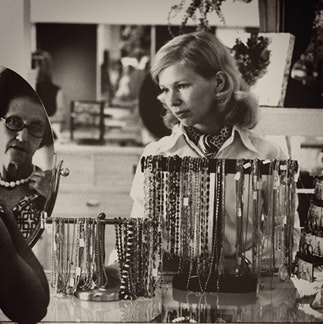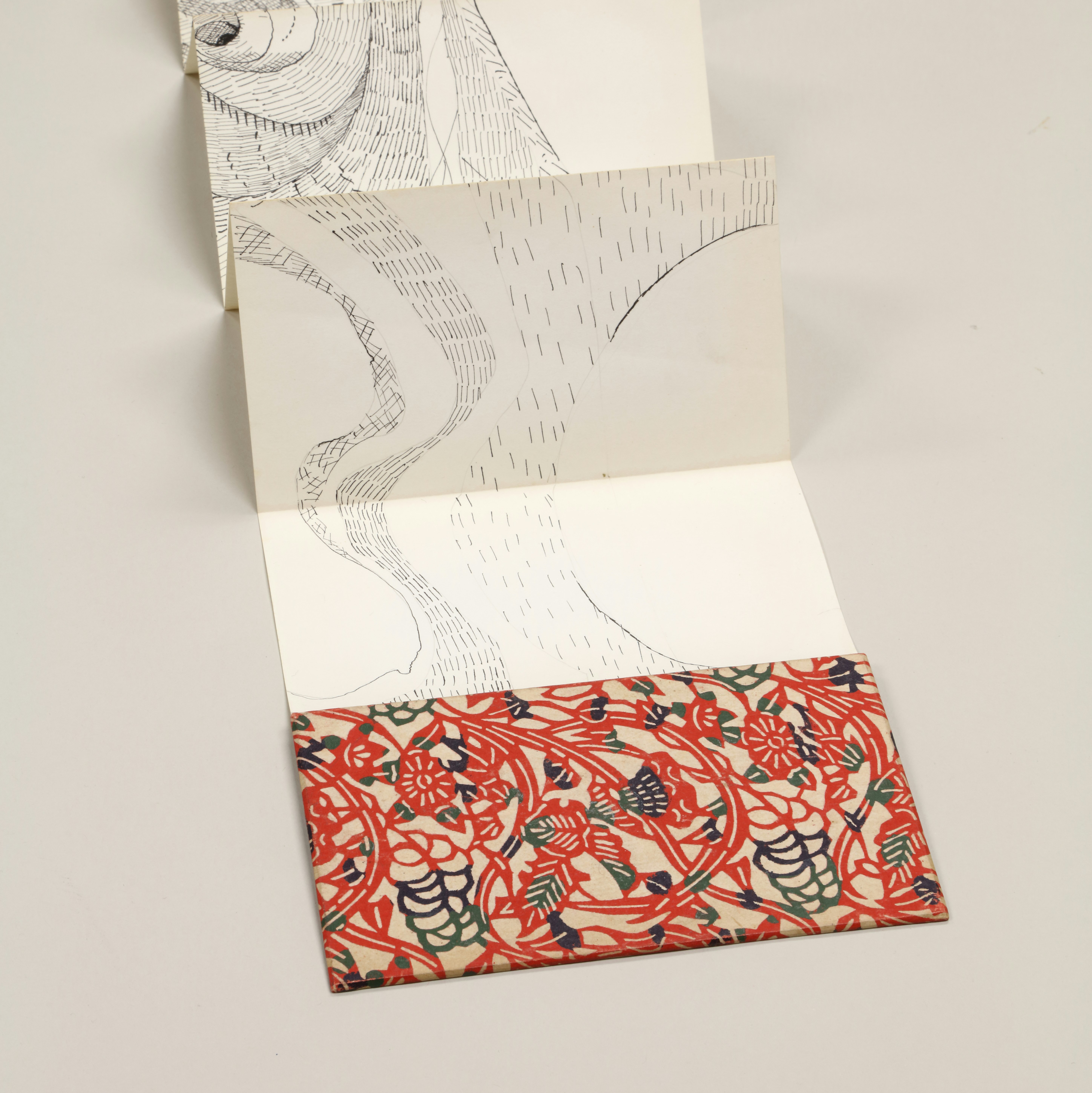Women on the Clock: Hard Work and Low Wages

Women on the Clock: Hard Work and Low Wages showcases the everyday experiences of women who work for an hourly wage. Organized into five sections—service industries, factory and mill work, clerical and office work, non-traditional trade jobs, and organizations that fought against discrimination in the workplace—this exhibition uses diary excerpts, letters, surveys, photographs, and audio-visual recordings to illustrate women workers’ trials and triumphs.
Beginning with women in the service industries, including maids, waitresses, seamstresses, and prostitutes, the exhibit traces women’s move into non-service-oriented work. It shows how gender stereotypes both helped and hindered women venturing into factory work, office jobs, and various trades. Images and diary excerpts of young women who toiled in silk mills and candy and toy factories, underscore that they were hired, in part, because they were thought to have nimble fingers. Surveys, photographs, and documents trace the history of women’s office employment, beginning with trimming paper money in the Treasury Department during the Civil War when male clerks were in the army. Praised for their manual dexterity and supportive nature, women began to replace men in clerical work. As secretarial work expanded, it became increasingly categorized as “women’s work,” commanding lower respect, lower pay, and lesser chance for advancement than male clerks had had in previous generations.
Women typically earned less than men for performing the same jobs in factories and offices. Although employers soon realized that women worked as efficiently as men (or more so), notions of women’s lack of training and experience, as well as lower levels of unionization among women, contributed to lower pay. Employers denied women a living wage because they assumed men worked in order to support their families while women did not. Despite the inaccuracy of such assumptions, women often accepted less money for the same work because they needed the money.
As increasing numbers of women more assertively sought higher wages, some pursued jobs in blue-collar trades that men monopolized. A number of agencies and organizations (including the YWCA) developed programs to train women in trades such as construction, carpentry, and plumbing. These physically challenging jobs usually paid better than secretarial or service-oriented jobs, but in them women often encountered resentment, intimidation, and sometimes blatant hostility from men. The exhibition illustrates how various organizations, such as 9to5: National Association of Working Women, fought to end sex discrimination and sexual harassment.
To ensure basic rights, more equitable pay, and well-being in the workplace, some women became active in the labor movement. Many joined existing unions and others helped form new groups, like the Harvard Union of Clerical and Technical Workers, which recognized women’s double burden: despite working full-time, many women continued to act as primary caregivers in their families. The exhibition uses documents from these groups to illustrate how unions helped secure rights that benefitted women and their families directly, such as paid maternity leave.







